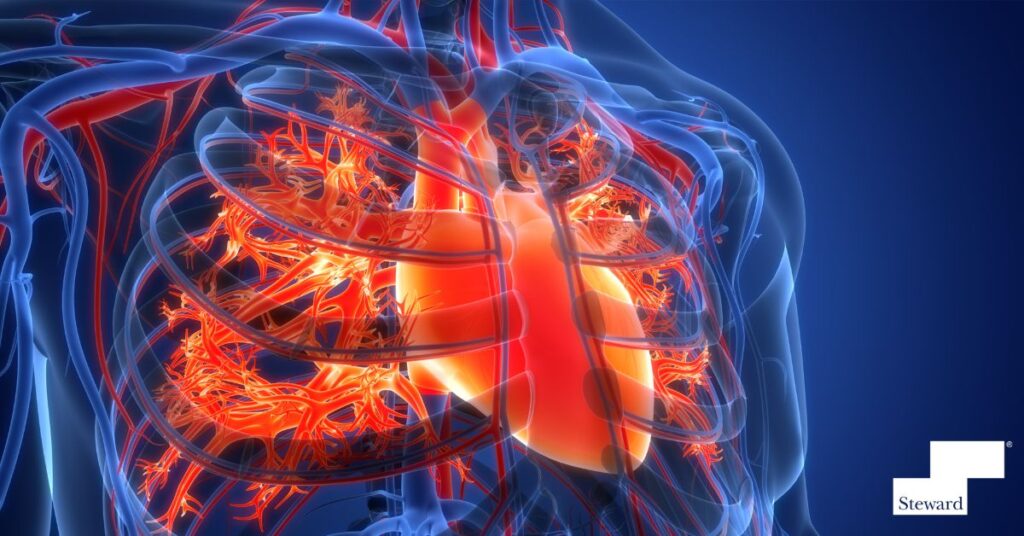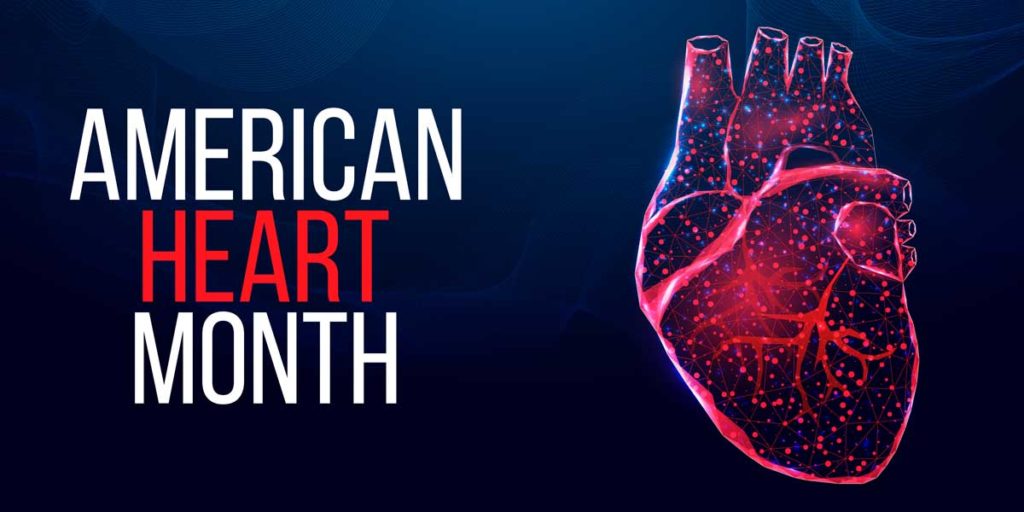If you have been diagnosed by your health care provider as having high blood pressure, you may be wondering what that means, exactly, and what you can do.
What does it mean?
A diagnosis of high blood pressure occurs when the force of your blood pushing against the walls of the blood vessels is too high. This continued pressure can cause damage to your arteries and cardiovascular system, which can lead to certain diseases of the organs. Your blood pressure will be checked at every medical appointment and if a pattern is recognized, you’ll want to discuss the risk factors and concerns.
What should my blood pressure be?
The target for blood pressure recently changed, putting many patients who were considered to have “normal” pressure or a pressure that was under control, into a higher risk category. The American Heart Association, the American College of Cardiology, and the National Joint Committee on Prevention, Detection, Evaluation and Treatment of High Blood Pressure made these changes based on a study published in the New England Journal of Medicine that clearly pointed to controlling blood pressure as the second best way to prevent heart attacks and stroke. Quitting smoking is number one.
“An ideal range is no greater than 140 over 90, and if that can be lowered to 130 or 120 over 80, that’s even better,” explains Cliff Berger, MD, a Steward Health Care cardiologist. “The best tools for reaching those numbers are not medications, but a list of interventions that the patient can control.”
How do I lower my blood pressure without medication?
Simple changes in diet can lower the systolic pressure by 10 points, and each additional habit adopted can lower your numbers by another four to five points each.
- Increasing intake of fruits and vegetables, especially those high in potassium
- Decreased sodium/salt and bad fats intake
- Moving more, increasing activity
- Weight loss if warranted
- Reduced alcohol intake per day
- Quitting smoking
Each of these changes have shown to lower blood pressure and decrease the risk for heart attack, stroke, and other organ and cardiovascular diseases. Maintaining those lowered numbers can prove to be lifesaving in the long run, too.
A review of your blood pressure should be part of your annual checkup with your primary care physician and an opportunity to learn if your reading falls within the new normal.
*Source: American College of Cardiology
*Source: American Heart Association
To find a doctor or schedule an appointment, visit Steward DoctorFinder™.




